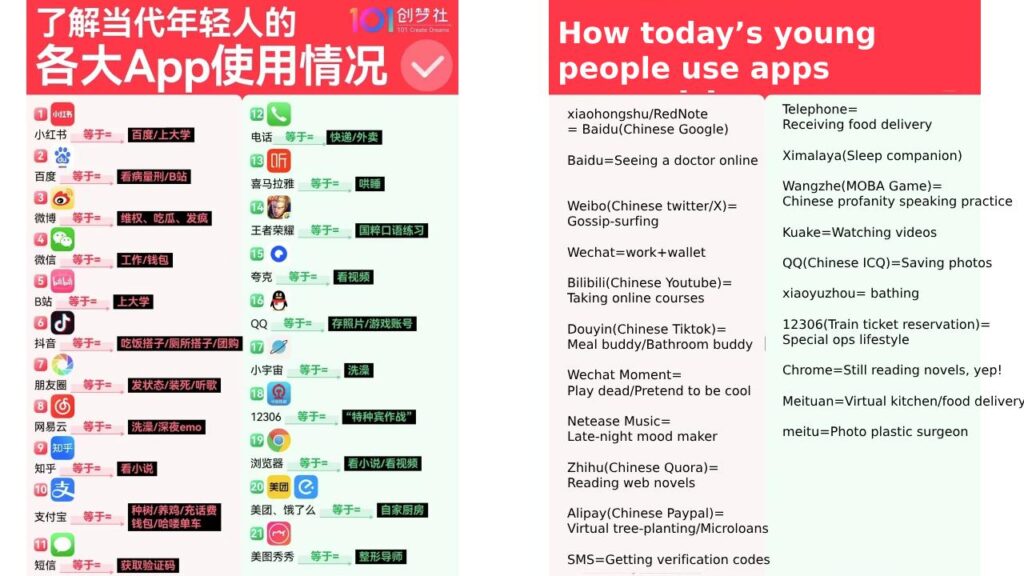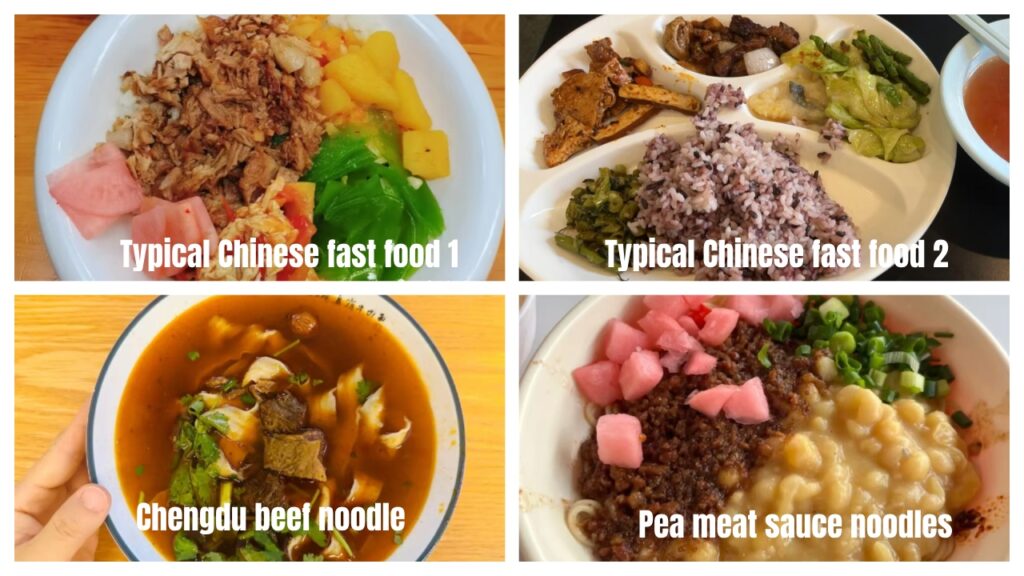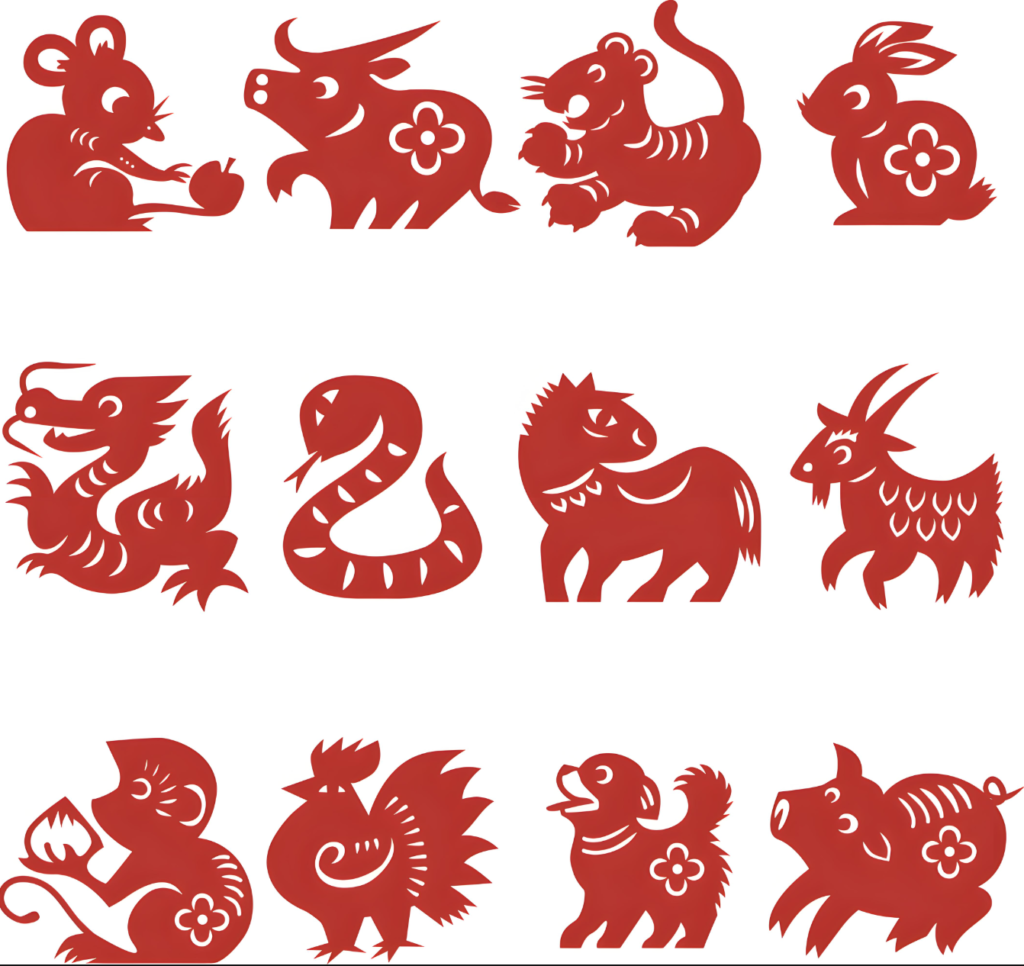From a decade of hands-on experience in China’s tech world
After graduating from university, I spent nearly ten years working in sales and marketing roles for a leading Chinese tech company, mainly focusing on B2B clients. Since then, I’ve worked with a wider range of enterprise clients, which has helped me build a more well-rounded view of B2B sales and marketing in China.
After writing another short article on the topic of how to do B2B marketing in China, I saw that many people wanted to learn more about this. I skimmed through some top-ranking Google search results—some were solid, but many were outdated. Things change fast in China, and I believe I can offer a more up-to-date, boots-on-the-ground perspective to help anyone trying to break into the Chinese B2B market.
1. Don’t Overestimate the Power of Baidu
1.1 Baidu ≠ Google
Let’s get this out of the way: Baidu is not China’s version of Google. Sure, it dominates the search engine market in China—but only because G has been blocked for over 15 years. In that time, Baidu has gradually lost its edge. Think of it like a protected industry that never had to compete—eventually, it grows bloated and lazy.
Today, when Chinese users want answers, they’re more likely to search on WeChat articles, Xiaohongshu (RedNote), Douyin (TikTok’s Chinese version), or even AI chat tools like Doubao and Yuanbao. Baidu, meanwhile, is plagued with intrusive ads and has a poor reputation due to past scandals (like fake medical ads that led to actual deaths). So when you see a blog insisting that Baidu is your #1 priority in China? Feel free to close that tab.

Summary by netizens from Chinese internet
Practical tip:
Should you do anything with Baidu in early stage? A light-touch strategy is fine: register a Baijiahao account and republish your high-quality WeChat content there. Baijiahao content gets indexed faster by Baidu. Once you’ve built a presence elsewhere, you can decide whether to invest in Baidu SEO or ads.
1.2 AI-Powered SEO Is the New Frontier
AI-driven SEO is becoming more important, even though no one knows the full recipe behind these algorithms. But the principle is probably simple::
- Content = Infrastructure: Just like a city needs roads and power lines, your brand needs comprehensive online content that answers all potential questions about your product or industry.
- Authority + Timeliness = Visibility: Content that appears authoritative and up-to-date gets picked up more easily. Use confident language, cite real-life examples or reliable data, and position yourself as a thought leader.
Practical tip: If you’re the first to say something, and later a major media outlet quotes you? You’ve just increased your chances of being the go-to answer in AI search results.
2. Content Is King, But Channels Are the Throne
2.1 The Minimum Setup
Yes, you need a website—it’s like your digital business card. But in China, that’s not nearly enough.
Here’s my recommended basic setup for online B2B marketing in China:
- Essential: WeChat Subscription Account or WeChat Service Account, Xiaohongshu (RedNote), WeChat Video Channel, Douyin(Tiktok)
- Optional: Zhihu(Quora), Weibo(X), Bilibili(Youtube), Baijiahao
There are plenty of guides for writing strong content, so I won’t repeat that here.
Short videos are a great way to build visibility, especially on Douyin and WeChat Video. Just remember: these platforms aren’t ideal for detailed product education. Think of them as awareness builders. After all, your B2B decision-maker might still scroll Douyin to unwind after dinner.
Live streaming is also gaining serious traction. Platforms often give traffic boosts to unique, value-driven live streams.
As AI continues to advance, low-quality content will flood the market. That’s why high-quality, human-centered storytelling still wins. Use AI for brainstorming or research — but your content should still be original and authentic.
Small idea: If a U.S. brand, then inviting a U.S. student studying in China and a Chinese person to collaborate on video content shot by real people may work better. Bonus: Mix in trendy topics like “how foreigners think China is”, or “Chinese weapons are awesome”.
2.2 Amplify Through Media
For products with conservative buyers (think industrial clients or government-affiliated sectors), consider exposure via mainstream media like CCTV or official news outlets. You don’t need direct media connections—there are plenty of reputable agencies offering these services. Focus on selecting the right partner and producing good content.
3. Don’t Ignore Paid Ads—Just Use Them Wisely
While I’ve always resented the burnout of just throwing ads without any other effort. But in today’s digital age, online advertising is a quick way to reach users quickly.
Your best bets?
WeChat, RedNote and Douyin.
Not Baidu.
Here’s why:
- WeChat: The ultimate super-app. It’s WhatsApp + Facebook + PayPal + more. With 150+ minutes daily usage per user, it’s how Chinese people talk, shop, read, and live.
- Douyin: The emotion machine. Think TikTok but even more influential in China. Douyin Selects: Long-form educational videos work well here—just don’t be too dry. It’s not a high school lecture.
- RedNote: Essential for female audiences. Think Pinterest + Instagram + Amazon reviews. It’s trending fast and even attracting overseas users.
So, what are the fundamental differences between Wechat and Douyin? WeChat is based on social networking, requires brand consolidation, and has a relatively long transaction decision-making process. Douyin, on the other hand, is more suitable for products and services that are interest-based, entertaining, visually appealing, and impulsive in nature.
Baidu? Maybe only Baidu Maps can barely count, but just last week, users complained about Baidu Maps placing advertisements on the head of the road in the navigation interface. (Once again, I’m speechless at this company, without any innovative thinking or modeling)
A word of caution: China’s online ad battlefield is intense. Some brands go all-out—ads on WeChat, Douyin, RedNote, Bilibili. It’s what we call saturation marketing. But unless your product truly delivers, that attention is short-lived. The moment you stop spending, the crowd moves on.
4. Offline Still Matters—A Lot
China is vast. Different cities and regions have their own buying habits, income levels, and cultural preferences. No matter how good your online marketing is, you’ll always miss pockets of potential customers.
Let’s say you’re a restaurant brand. Competing in Chengdu might be brutal. It may be smarter to test your concept in smaller cities first, gradually building your way into the major markets—a “surround the cities from the countryside” strategy.
5. Don’t Forget the Industry Ecosystem
In B2B, sometimes the old-school methods are the most effective. Think:
- Trade shows
- Industry forums
- Niche conferences
- Business alliances
The more specialized your product, the more important these channels become.
A real story:
A friend of mine works in cross-border logistics. His target clients are all companies in the import/export space. One day, he noticed my company’s job ad on a hiring app, figured out our office location, and showed up in person to pitch his service—after apologizing for the intrusion, of course. That’s the kind of hustle that gets remembered.
6. Data & Business Intelligence Services
Finally, there’s a new category of B2B tools emerging in China—powered by telecoms and data providers. For example: if someone watches your livestream, they might get retargeted later with your ads.
These services can be very effective, but also sensitive. Be sure to vet your providers carefully and stay on the right side of compliance.
Final Thought
Marketing in China is like navigating a constantly shifting landscape. What worked yesterday might not work tomorrow. But if you build substance, stay curious, and stay human, your B2B brand has every chance to thrive.
Learn more about the real recent China.









